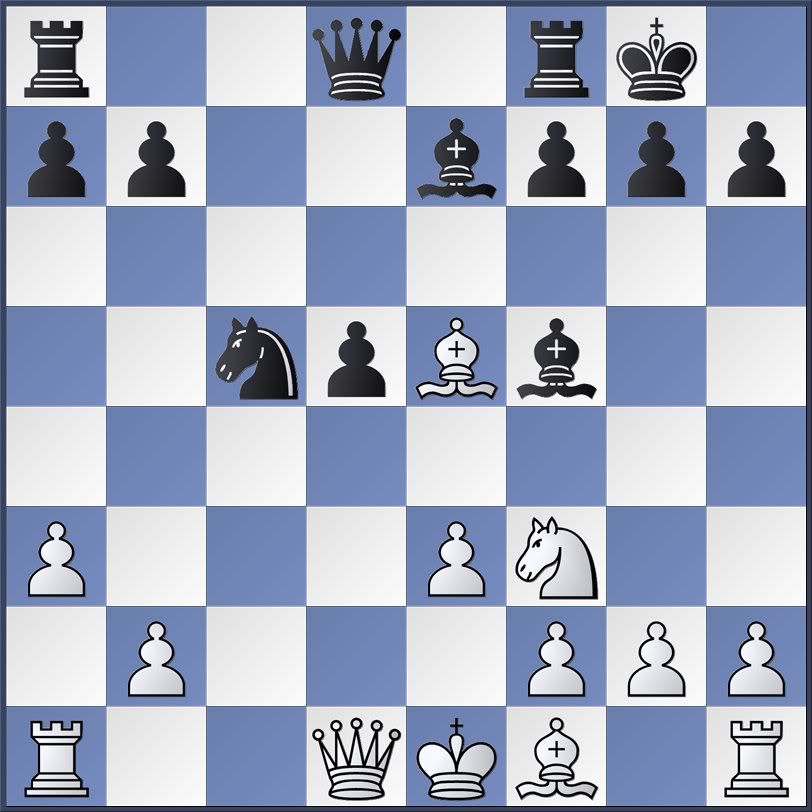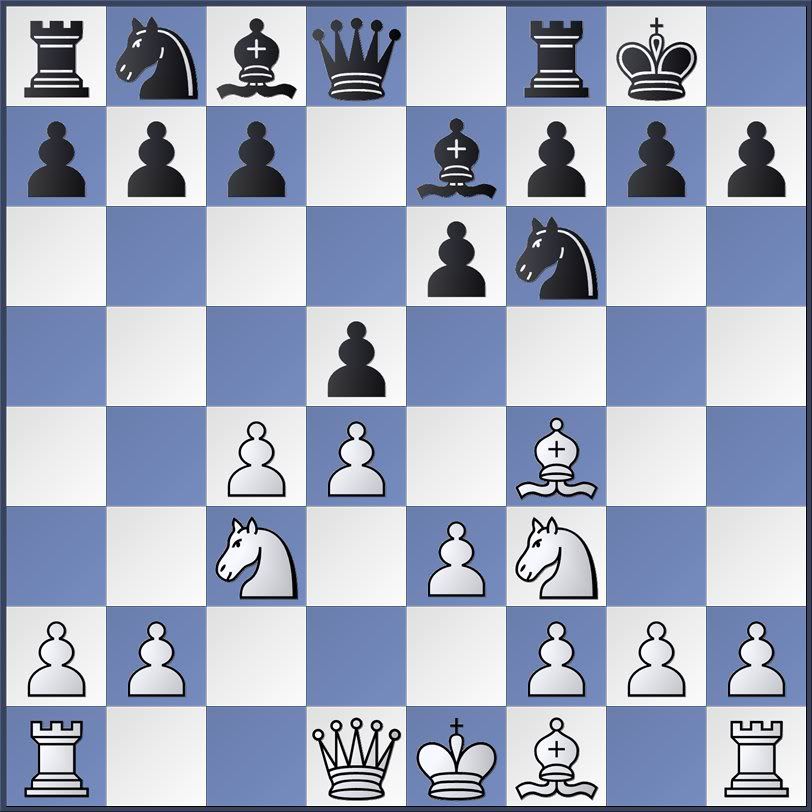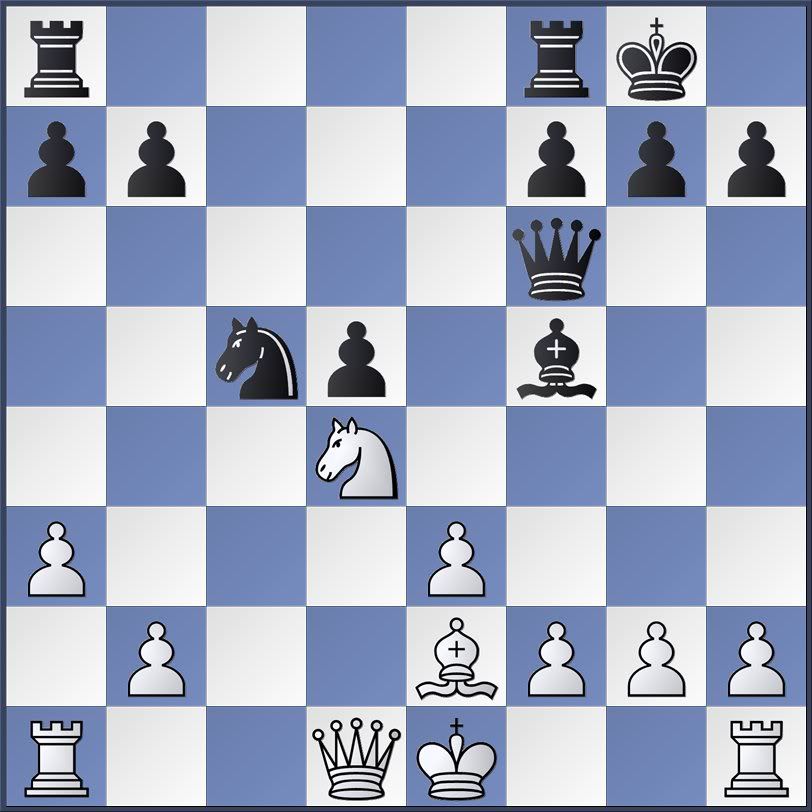Anand is the current champion, but not everyone accepts his title because it was earned in a tournament, rather than a match. For most of the run of World Chess Champions since Wilhelm Steinitz the title was earned through successfully defeating the reigning champion over a series of games.
There were two notable exceptions:
Alexander Alekhine died in 1946. He had regained the title in 1937 from Max Euwe by a considerable margin, after losing a close match to Euwe in 1935. World War II disrupted peaceful international sporting events, so there were no World Chess Championships during the war years. In 1948, a new champion was selected through a select tournament.
Robert "Bobby" Fischer and FIDE, the World Chess Federation, failed to come to terms for Fischer's title defense against Anatoly Karpov. Fischer forfeited the title, and Karpov became World Chess Champion by default. Make no mistake about it, however, Karpov's road to become the legitimate challenger was long and grueling, but he prevailed.
When Kramnik earned the title of World Chess Champion by defeating Garry Kasparov in 2000, there were some that felt his his title was tainted. He had lost a match to Alexie Shirov; Shirov may have been the legitimate challenger. No one seemed able to organize a Shirov-Kasparov match, however, and the Kramnik-Kasparov match was held.
Kramnik defended his title twice. His second title defense was officially called a reunification match because it brought the FIDE World Champion title and the so-called "classical" title--separate since 1993--back into unity. As part of the series of agreements between Kramnik and FIDE, Kramnik agreed to play in a World Championship tournament in Mexico City in 2007. Anand won the event.
Anand, V-Kramnik, V
World Chess Championship, Bonn 2008
1.d4 Nf6 2.c4 e6 3.Nf3 d5 4.Nc3 Be7 5.Bf4 O-O 6.e3 Nbd7 7.a3 c5 8.cxd5 Nxd5 9.Nxd5 exd5 10.dxc5 Nxd5 11.Be5 Bf5
This move appears to be the novelty, while there were fifty-three games in the ChessBase online database with the position after 11.Be5.

12.Be2 Bf6
Update 6:48pm Pacific Daylight Time (3:48am, Sunday morning in Bonn)
I could not watch more than the first few minutes live today due to other commitments. I left my house at 7:00am to spend the day running a youth chess tournament with seventy-one players in three sections. It was an efficient, well-run event (I'm told), and all the awards were distributed and clean-up underway by 3:30pm. The youth played five rounds at game/30, but most finished as rapidily as they might a blitz game.
Now that I can look through today's World Championship game, I find that the novelty was a bit different than I thought this morning.
After 6.e3, Anand-Kramnik has reached a common position.

I have the third edition of Encyclopedia of Chess Openings, volume D, which does not contain the latest theory. The fourth edition has been out awhile. In the third edition, 6...c5 is given as the normal move, although one line contains 6...Nbd7. It appears, however, that 6...Nbd7 as played today has grown in popularity since 1998 when the third edition was published. An opening book I created from high level games over the past half decade contains 193 games with 6...c5 and 180 with 6...Nbd7.
From that point to 10...Nxc5, I find more than eighty games in ChessBase online, and more than fifty in my database of recent master level games. Anand and Kramnik seem to be following recent theory that has not yet become popular among lesser players.
In my selective database, I'll call it "Master Trends III" because that's how it's labeled in my computer, the next move shows:
11.Be5 39 games white score 63%
11.Be2 15 games white score 53%
11.Rc1 2 games both draws
One game of note that continued 11.Be2 was
Flumbort,A (2499) - Goloshchapov,A (2563) [D37]
Bundesliga 2007-8 Baden Baden GER (4), 15.12.2007
1.d4 Nf6 2.c4 e6 3.Nf3 d5 4.Nc3 Be7 5.Bf4 0-0 6.e3 Nbd7 7.a3 c5 8.cxd5 Nxd5 9.Nxd5 exd5 10.dxc5 Nxc5 11.Be2 Bf6 12.Be5 Bf5 13.Bxf6 Qxf6 14.Nd4 Be4 15.Rc1 Ne6 16.f3 Bg6 17.0-0 Rac8 18.Qd2 Nxd4 19.Qxd4 Qxd4 20.exd4 Bc2 21.Kf2 Rc7 ½-½
Although Anand-Kramnik deviated from this game on move 11, after their continuation they reached the same position after White's fourteenth move.
13.Bxf6 Qxf6 14.Nd4

14...Ne6 now appears to be the novelty
Instead of following Flumbort-Goloshchapov, which continued 14...Be4, Kramnik offered his bishop for a knight.
The game concluded
15.Nxf5 Qxf5 16.0-0 Rfd8 17.Bg4 Qe5 18.Qb3 Nc5 19.Qb5 b6 20.Rfd1 Rd6 21.Rd4 a6 22.Qb4 h5 23.Bh3 Rad8 24.g3 g5 25.Rad1 g4 26.Bg2 Ne6 27.R4d3 d4 28.exd4 Rxd4 29.Rxd4 Rxd4 ½-½
Perhaps there's something of theoretical interest in today's game even though it appears upon first glance to have been a routine draw.














No comments:
Post a Comment